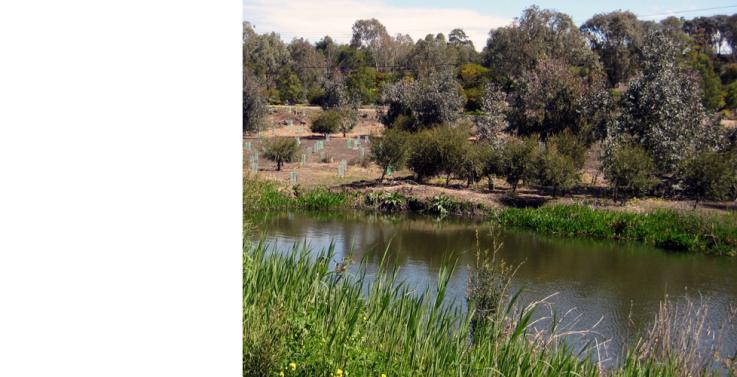
Victoria University is working with Brimbank City Council, E2Designlab and the Office of Living Victoria to develop the business case for cleaning up one of Melbourne’s pollution hot-spots, the Brooklyn Industrial Precinct.
The precinct creates the worst air in Melbourne, said Victoria University Research Fellow Professor Roger Jones.
“Heavy vehicles throw up dust clouds from work sites and track dirt onto roads, where trucks and cars throw even more dust into the air,” he said. “But we are looking at plans to transform the site into a world-class eco-industrial park.”
In an eco-industrial park businesses cooperate with each other and with the local community to cut waste and pollution, share resources and help achieve sustainable development.
A tour of the Brooklyn site to look at transitions from “old, heavy and dirty” to “new, clean and green” will be part of the Australasian Industrial Ecology Conference in Melbourne on 19 November.
Currently, the precinct is responsible for:
- 350 tonnes of invisible dust particles being thrown into the air every year from Footscray to Brooklyn to gentrifying Yarraville
- The health and happiness of about 17,000 people being affected by poor air quality
- Massive social costs in terms of health consequences and loss of amenity, totalling an estimated value of $750 million over 20 years
The 300-hectare site near Kororoit Creek in Brooklyn contains abattoirs, current and closed tips, heavy-recycling industries, vacant land, container yards and small business including light industrial, retail and manufacturing.
“Even though it’s an industrial site, it acts like a really big construction site,” said Professor Jones, who is assessing the cause of the pollution and helping develop the business case. “EPA monitors confirm that most of the air pollution from the site is dust from old tips and unsealed roads.”
Dangerous particles known as PM 10 and PM 2.5 are thrown into the air by traffic within the sites and from surrounding roads. They are worst between the hours of 6 to 10 in the morning when winds are from the north.
“Those particles are associated with respiratory and heart problems; they hit the very young and the very old, and asthmatics,” he said.
The joint project, called Living Brooklyn and led by Brimbank City Council, will use water as the catalyst to improve the precinct’s health and prosperity. More than 1650 megalitres of water fall on the site as rainfall each year. This results in 150 tonnes of sediment being swept into the creek and other sediment being scattered over the site as mud, which later dries to dust.
The plan includes:
- A $15 million Integrated Water Cycle Management Strategy (IWCM) to capture and recycle stormwater, halving dust levels
- Revegetation of the site
- An alliance of businesses on the site to encourage reduction of pollution
“The environmental and social benefit in today’s dollars of the new water system, and the resulting halving of dust levels, are estimated to exceed $340 million over 30 years,” said Brimbank Council Chair of Administrators John Watson. “The overall aim is a world-class eco-industrial park that is pride of place for the people working and living in Brooklyn.”
Living Brooklyn supports Council’s broader Brooklyn Evolution Strategy, which is a long-term management plan to improve the area and facilitate appropriate growth and development.
“The Strategy is a pathway for a productive and innovative industrial environment with greater co-operation between the public and private sectors,” Mr Watson said.
